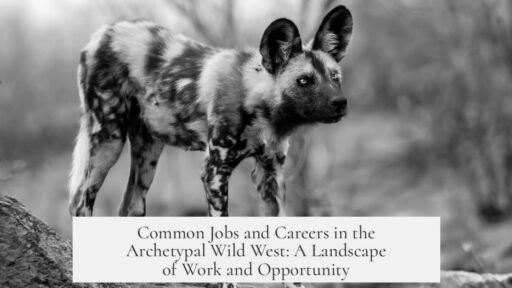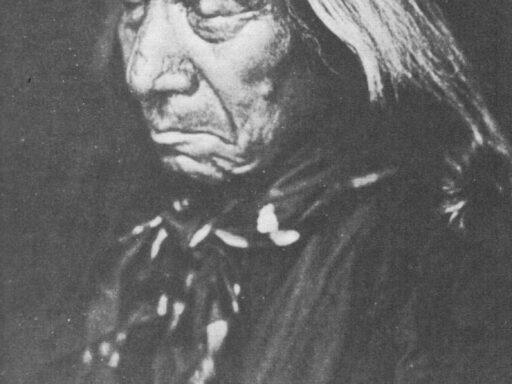The archetypal “Wild West” hosted a broad array of jobs reflecting a vibrant, complex economy beyond popular myths. Common careers spanned mining, transportation, ranching, urban trades, and diverse roles held by women. These jobs formed the backbone of Western communities during the late 19th century.
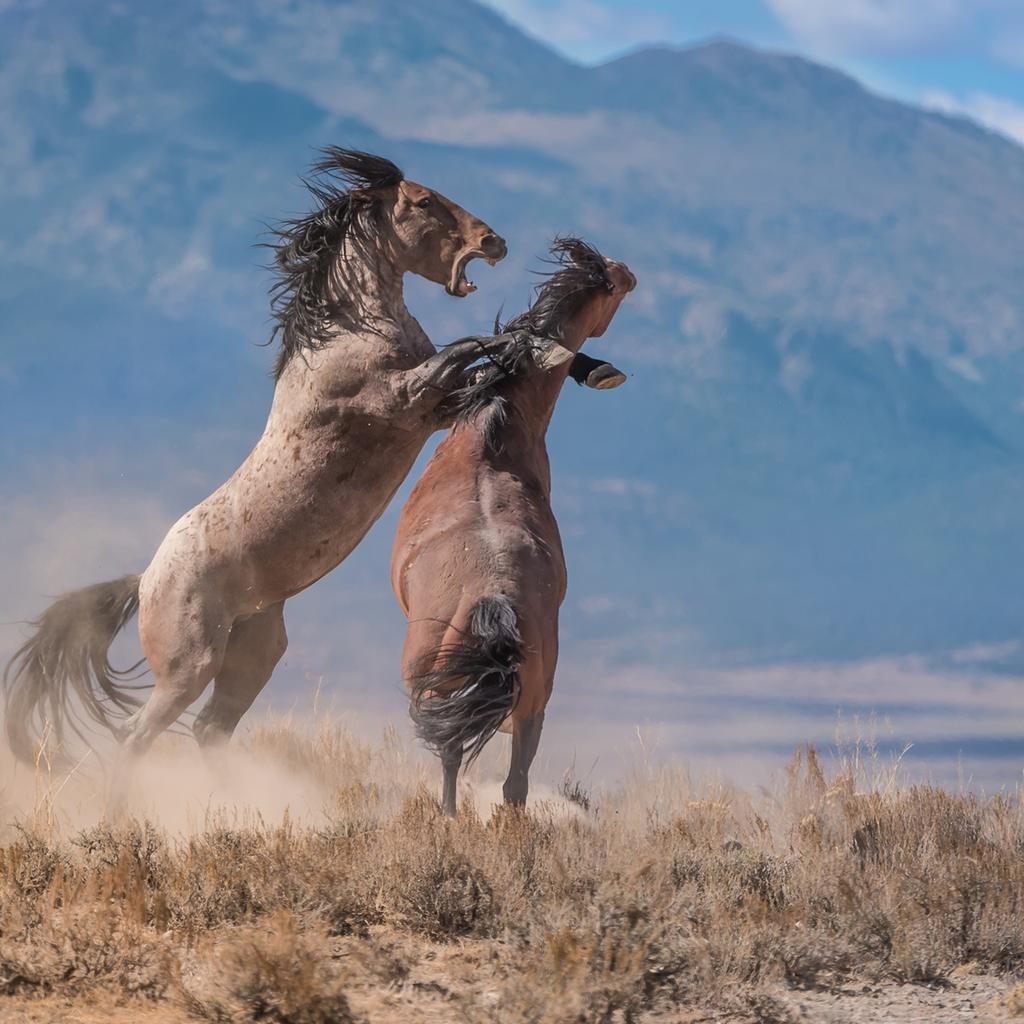
Mining shaped many Western towns economically. Census data from 1880 reveals over 3,000 specialized mining-related occupations. Beyond simple ‘miners,’ roles included mining engineers, superintendents, laborers, muckers (those removing debris), hoist operators, and mill hands. This diversity highlights mining as a sophisticated sector requiring technical skills and labor coordination.
Transportation in the West rapidly evolved after the railroad’s expansion in the late 1860s. Jobs such as railroad engineers, conductors, ticket salesmen, and rail hands became common. The rise of railroads reduced the need for teamsters—drivers of horse-drawn freight wagons—whose numbers dropped from about 4% in 1870 to less than 2% by 1880 but did not vanish. Railroads connected isolated regions, helping cities grow and economies integrate.
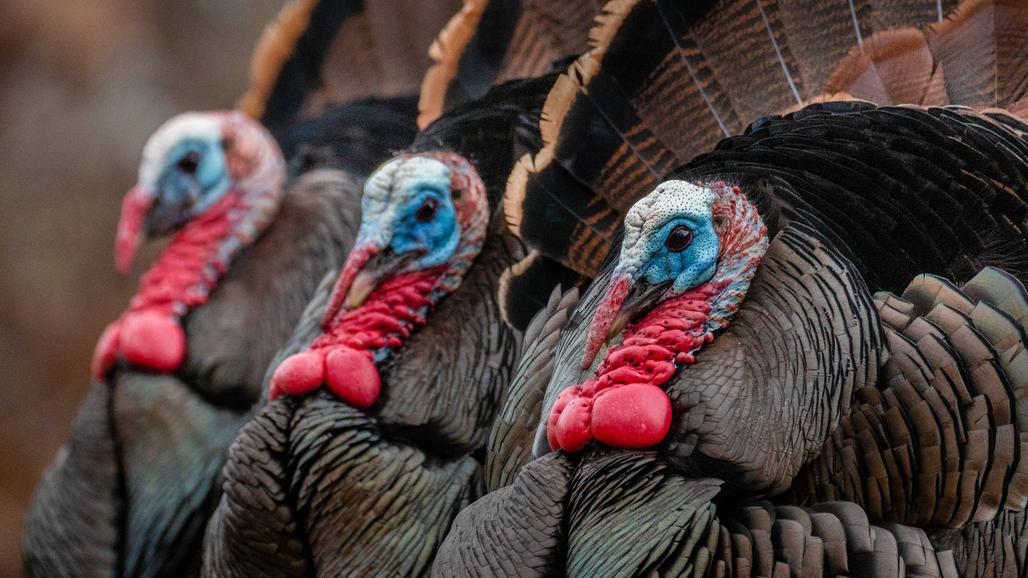
Ranching employed fewer people but remained important regionally. Ranch hands specialized in cattle management and maintenance tasks, influenced by local traditions and language. Although less extensive than mining or transportation, ranching supported rural economies and local food supplies.
Western cities hosted many urban occupations. Unlike the rural image often associated with the West, towns contained the majority of the population. City dwellers worked in stores, newspapers, government offices, saloons, restaurants, hotels, and theaters. These roles formed the social and commercial core of daily life and reflected typical urban economies elsewhere in the United States.

The West also had unusual and diverse jobs. Some men listed themselves as ‘sport,’ likely professional gamblers. Others held curious titles like ‘lover,’ whose role remains unclear. Street vendors sold oysters or ran coffee stands. Street performing gymnasts and circus performers appeared, embodying entertainment. Unfortunately, some people identified as ‘prisoner’ during census snapshots, underscoring the region’s law challenges.
The building trades featured a wide range of specialists. The construction workforce included carpenters, glaziers (glass-workers), paperhangers, roofers, and painters. Growth of towns and infrastructure demanded continual building and maintenance, offering steady employment and skill development.
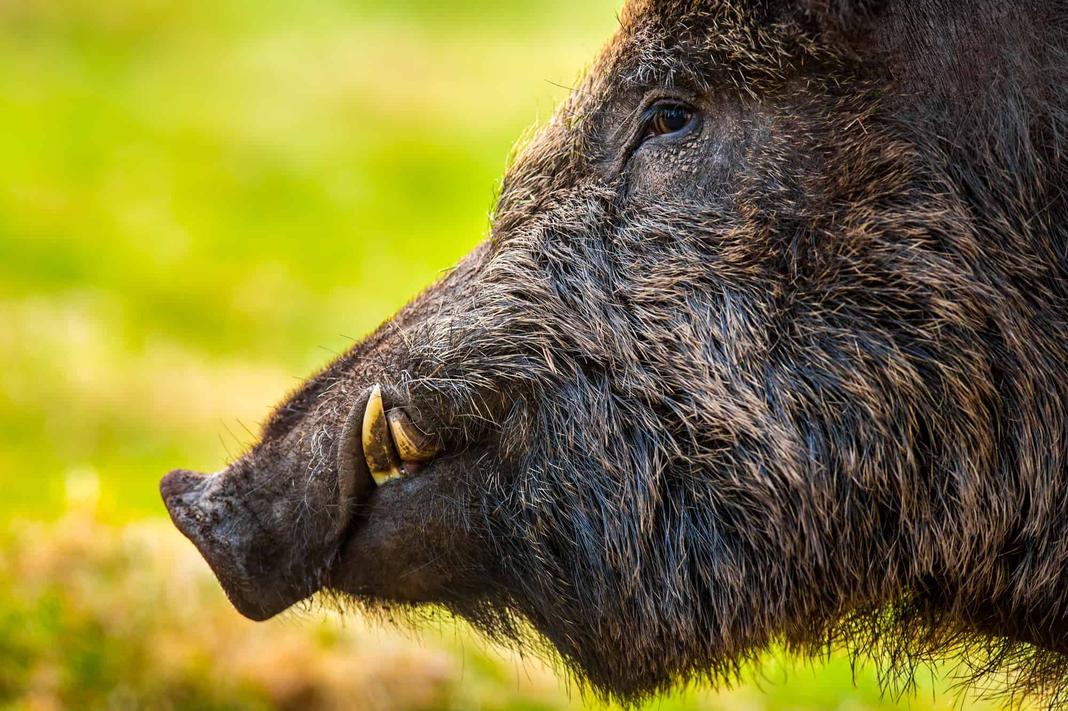
Women’s occupations are often misunderstood in Wild West narratives. Contrary to popular belief, prostitution was never the most common job for women. In mining districts like Nevada’s Comstock Lode, sex workers never exceeded 200 in a population of 25,000 people, with 8,000 women total. Most women listed their jobs as ‘keeping house’ or similar terms. However, this often masked multiple income-generating tasks performed simultaneously. Women frequently managed laundry services, housed lodgers, made hats, taught, sewn clothes, and cared for children.
Laundry work was a complex, mixed-gender occupation. Women and men operated in this sector, providing essential goods and services. Women’s economic roles were flexible, blending domestic responsibilities with entrepreneurial efforts, without clear single occupational titles to report to census takers.
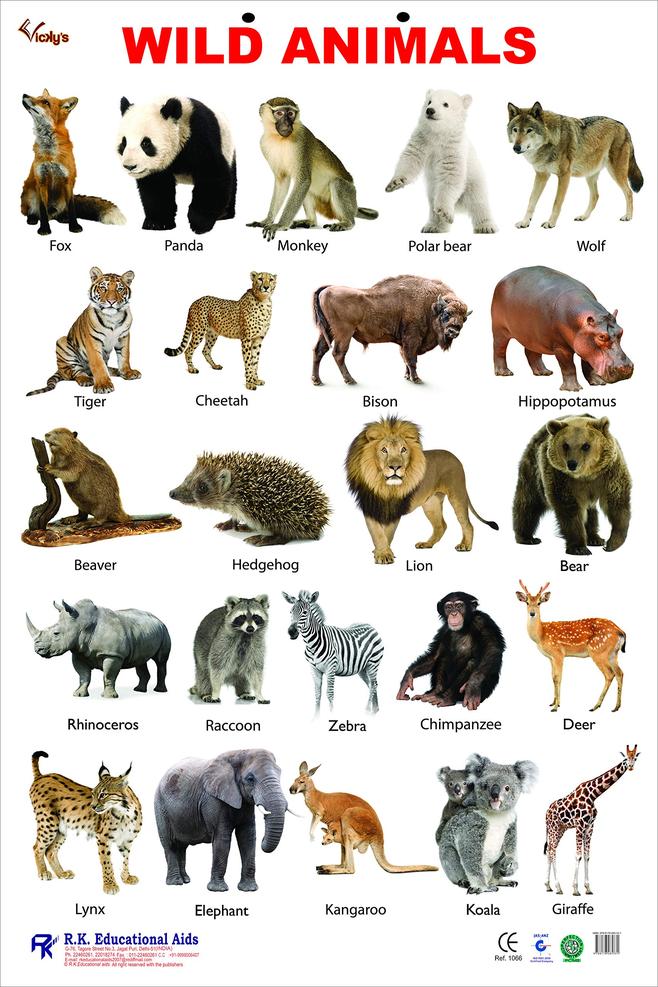
| Sector | Examples of Common Jobs | Notes |
|---|---|---|
| Mining | Miners, engineers, superintendents, muckers, hoist operators, mill hands | Highly specialized with numerous roles |
| Transportation | Railroad engineers, conductors, ticket salesmen, teamsters | Railroads reduced teamster roles over time |
| Ranching | Ranch hands | Fewer workers but regionally important |
| Urban Occupations | Shopkeepers, clerks, government workers, saloon workers | Cities concentrated population and commerce |
| Unusual Jobs | Gamblers, street vendors, circus performers | Reflect cultural diversity and leisure activities |
| Building Trades | Carpenters, glaziers, painters, roofers | Supported infrastructure growth |
| Women’s Work | Housekeeping, laundry, teaching, millinery, childcare | Often multi-tasked and entrepreneurial |
This wide range of occupations challenges simplistic views of the Wild West as solely dominated by cowboys and prospectors. Mining dominated economically but was complemented by transportation jobs tied to railroads. Ranching remained a staple in rural areas. Town life included many standard urban professions. Women’s economic contributions were diverse and critical to community survival. Odd and entertainment roles also remind us that Western societies had complex social patterns.
- Mining had numerous specialized roles beyond simple digging.
- The railroad revolutionized transportation jobs and reduced older roles like teamsters.
- Ranching, while smaller, was regionally vital.
- Urban occupations in stores, government, and services supported growing towns.
- Diverse and unusual jobs reflected cultural variety and social life.
- Women commonly ran multiple enterprises alongside domestic work.
- Prostitution was never the dominant female occupation in large mining districts.
What Were Some Common Jobs/Careers in the Archetypal “Wild West”?
The “Wild West” is not what it seems at first glance. The image of cowboys galloping under sunset skies, quick-draw gunslingers, and rowdy saloons—while iconic—is largely a creation of dime novels, Hollywood, and TV shows. That’s right, the “Wild West” is as much a media invention as a historical reality. The West was huge and diverse, stretching from the Pacific Coast’s sailors and fishermen to the dusty mining towns of Nevada’s intermountain region. There were many “Wests,” not just one. So, what jobs really defined this complex, evolving landscape?
If you’re picturing just cowboys or gold rush miners, think again. The volume of occupations existing paint a much richer picture. Let’s saddle up and explore the common careers in the archetypal “Wild West.”
Miners, But Not Just the Pick-and-Shovel Types
Mining might be the most famous career tied to the West, but it was far from just wearing overalls and swinging a pickaxe. For example, an 1880 census from Nevada identified over 3,000 occupations, many related directly to mining. That means miners, mining engineers who planned extraction operations, mine superintendents managing sites, muckers (who cleared debris), hoist operators controlling elevators in shafts, and mill hands processing ore. It’s an industry with layers of specialists—technology and logistics playing crucial roles.
Mining towns were bustling hubs with diverse jobs that supported or depended on the industry.
Transportation: Railroads Transformed the West
By the late 1860s, railroads began weaving their iron threads westward. This changed the job landscape sharply. Railroad engineers, conductors, ticket salesmen, and rail hands became essential. For instance, teamsters—those tough folks hauling freight with wagons—declined dramatically from 4% of the population in 1870 to under 2% in 1880, as trains took over freight work.
This shift shows how technology redefines careers. Railroads didn’t just ship goods—they reshaped lives.
Cattle Ranching: More Than Just Cowboys
Ranching is often the face of the Wild West, but it was actually a smaller segment employment-wise than mining or transportation. Ranch hands had a variety of titles and roles, often influenced by the region’s language and culture. Their work extended beyond herding cattle: maintenance, horse care, branding, and cutting fence wire were daily dramas on the range.
Urban Jobs: The Surprising West Cityscape
Contrary to the rugged plains stereotypes, much of the West was surprisingly urban. Towns and cities housed most of the population. Here, people worked in predictable but vital roles: running stores, printing newspapers, managing government offices, bartending in saloons, hosting theater productions, or managing restaurants and hotels. The West had theaters and theaters needed actors and workers — who knew?
Unusual and Unexpected Occupations
Some jobs defy simple explanation. The 1880 Nevada census recorded “professionals” such as gamblers who proudly called their occupation “sport.” One man was mysteriously listed as a “lover” (maybe a gig economy pioneer?). Vendors sold coffee and even oysters on the street. Gymnasts performed for passersby. Circuses toured, employing acrobats, clowns, and animal trainers. Then there were prisoners, officially recorded as a “career,” sadly.
Women’s Work: More Than “Keeping House”
Forget the myth that most women in the Wild West were sex workers. Serious scholarship debunks this trope—sex workers never numbered more than a few hundred in districts with tens of thousands of women. Instead, most women listed their occupation as “keeping house.” But this is misleading.
Women juggled many money-making tasks at once—laundry, millinery, managing lodgers, teaching, child care, and sewing. Men reported one clear job; women’s labor was more multitasking and entrepreneurial, hard to pin down in a census category.
Laundry work, shared by men and women, was a complex industry. Taking in wash wasn’t glamorous, but essential, especially in towns dusty from mining and cattle drives.
Building Trades: Specialists Beyond the Carpenter
The West had building trades with many specialists. There were carpenters, sure, but also glaziers fitting windows, paperhangers decorating walls, roofers, and painters. These artisans made the boomtowns livable, transforming tents into wooden facades, and rugged landscapes into home-like spaces.
Why Does This Matter?
By thinking beyond the clichés, we see the Wild West as a dynamic economic region with layered complexity. People didn’t just survive; they specialized, adapted, and innovated. Mining engineers and rail conductors, schoolteachers, laundresses, and street performers built lives and communities. The West thrived on diversity of skills as much as it did the vast frontier and harsh environment.
Have you considered how the breadth of jobs reflects the reality versus the myth? The media gave us glamourized heroes, but the real people were innovators, laborers, and entrepreneurs in many fields.
Final Thoughts
The next time you watch a Western or hear tales of the Wild West, remember—it was not just gunfighters and cattle drives, but thousands of careers shaping a region of opportunity and contradiction. From mysterious “lovers” to mining superintendents, the West was alive with work and life far more varied than the figures on a wanted poster.
So, which Wild West job would YOU want? The railroad conductor scanning tickets? The hat-making woman hustling to earn? Or maybe the gymnastic street performer flipping for pennies? One thing’s certain: the frontier’s diversity surprises and teaches us about resilience and reinvention.
